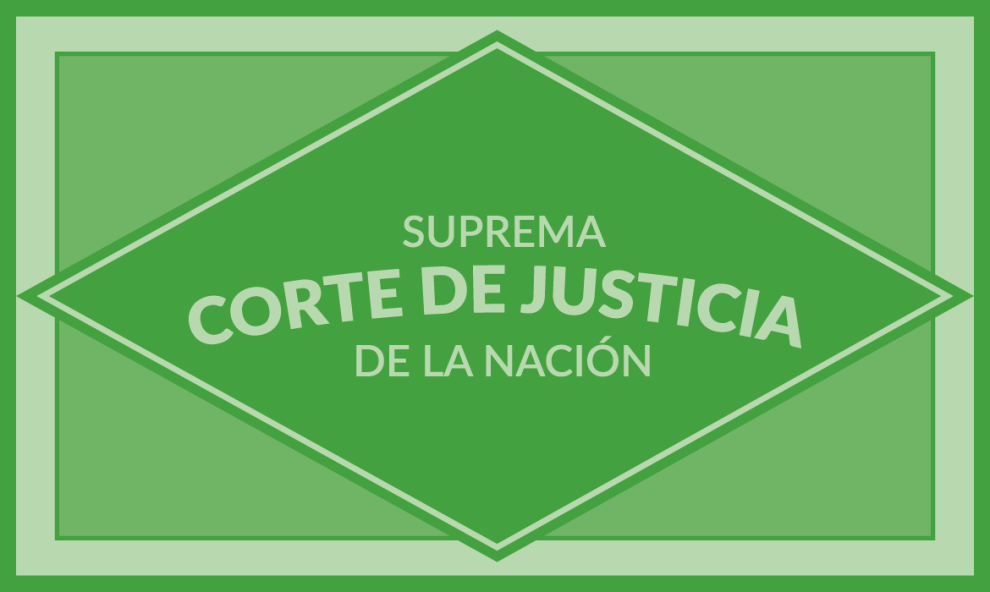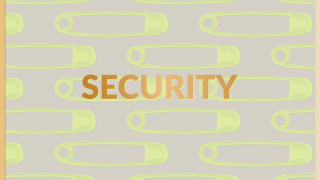Increasing evidence on the institutional weakness of prisons and its inability to provide inmates with minimum standards of living is becoming a common occurrence. At the end of last year, Mexico’s National Human Rights Commission (CNDH) stated that 60% of Mexican prisons are currently self-governed (operated by organized crime groups), which makes the possibility of guaranteeing their safety a very complicated task. Given the terrible conditions found in Mexican prisons, it is naïve to think that they enable social rehabilitation of a sentenced person. What is more serious is that, despite that fact, prison remains as the most widely-used punishment method in Mexico.
Mexican prison population has risen constantly during the last decade. This increase has resulted from two negative practices: abusive rate of pretrial detention (4 out of 10 inmates have not been sentenced, Stats from Mexican National Penitentiary System, 2012) and scarce use of alternative sanctions to imprisonment. This has led to overpopulation and overcrowding, which naturally clogs the intended social reinsertion. The Mexico City prison system provides a good example since it presents the most severe case of prison overpopulation in the country (84%, Stats from Mexican National Penitentiary System, 2012) and, at the same time, the highest re-offending rate (31.2%, 1 out of 3 liberated inmates go back to prison, Judicial Stats on Criminal Matters, INEGI). In view of these questionable results, there is an urgent need to modify the punishment methods in Mexico’s criminal justice system.

Sentences should be determined in a rational and proportional manner aimed at having its benefits to outweigh its costs. Therefore, prison should be considered as a last resort, whose use should be restricted only to punish the most serious offences. In the case of misdemeanors and first time offenders, alternative sanctions that work under a reparation of harm scheme should be promoted; one example of this is community service. These types of sanctions consist in unpaid work at public or private social care institutions under the supervision of a competent authority. Community work is more closely in line with the notion of restorative justice, which is called to become an important part of the Mexican justice system. Through work, a convicted individual can repair the damage resulting from his or her commission of the crime, which can occur either directly, by helping the victim (in some cases) or symbolically, by helping a community. At the same time, high costs of prison maintenance are avoided, thus by operating under the principle of flexibility, labor is done under a different timetable from the working schedule of the convicted individual. This represents several benefits: family breakdown and a disruption of the inmate’s working and social life are prevented.
Increase of work as a sanction will entail a reduction in the current rate of prison overcrowding, which will improve living conditions of inmates and will help to achieve social reinsertion. In parallel, high economic costs that State spends on construction, operation and maintenance of prisons will decrease. An added value derived from community work is that both youngsters and first time offenders are prevented from coming into contact with prisoners deemed dangerous and their probabilities of developing a criminal career are reduced.
This type of sanction is already found in most of criminal codes in Mexico. Nevertheless, its application is established as a substitute for incarceration and depends on the consent of the judge. Only a small number of crimes contemplate community work as an autonomous sanction and of obligatory application. According to legal statistics, the use of alternative sanctions in Mexico is minimal. On average, only 3.6% of total convictions in civilian courts do not involve custodial sentences (Judicial Stats on Criminal Matters, INEGI). It can therefore be established that the reduced use of alternative sanctions in Mexico has two main causes: 1) legislators remain adamant on setting custodial sentences and 2) judges are reluctant in applying different sanctions other than imprisonment.

In the case of judges, their reluctance is mainly due to the absence of clear rules that determine conditions in which these types of sanctions should operate. That is why the most urgent objective to further the substitution of imprisonment for work is for legislators to regulate the aforementioned conditions. This will result in judges adopting this sanction more frequently and will set parameters that authority should look into. The aforementioned scheme should ensure the respect of the convicted individual’s human rights, the activity should not be humiliating and it should reduce the chances that abuse of authority on the inmate. Accordingly, it is important to note the serious omission incurred by the draft law of the Federal Penitentiary System and Execution of Criminal Penalties (currently being discussed by Congress), which has overlooked the regulation of community work. The application of this sanction is minimal at federal level.
Finally, it is worth mentioning that efforts made to reduce the use of imprisonment are part of a bigger scheme that consists in achieving a shift in criminal policy towards the standards of minimum penal law. This means to diminish not only incarceration use but general criminal law as well, throughout the implementation of solutions that avoid (when possible) that parties would have to undertake in a costly and dramatic criminal proceeding. This challenge was faced upon the justice system since the 2008 constitutional penal reform and responded to the notion that if same practices are perpetuated, then different results should not be expected. Exploring alternatives to a criminal proceeding and imprisonment can solve several of Mexico’s current problems; the story of Javier may serve as an example for this:
Carlos de la Rosa







Comments